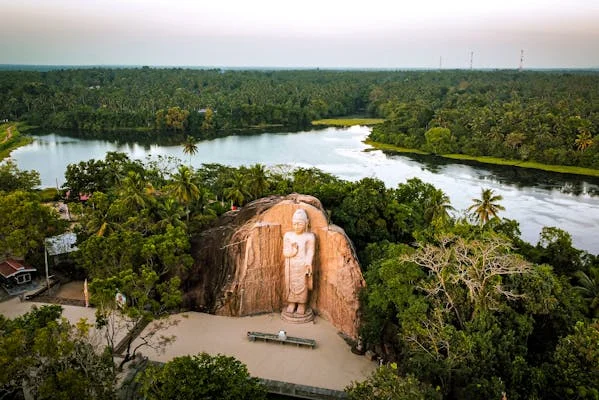The wind howled across the empty desert as a lone trader sought shelter in a half-buried cavern. Raising a flickering torch, he expected nothing more than cool respite, but the trembling light revealed walls alive with ochre buffalo, onyx warriors, and celestial spirals. In that instant, our traveller crossed an unseen threshold into the realm known today as ancient artz, where chisels, pigments, and fired clay carried human dreams long before written words.
Roots of Creativity in Ancient Civilizations
Across Continents, People Painted Their World
Symbolism Painted on Cave Walls
From Lascaux in France to Bhimbetka in India, Paleolithic artists transformed dank grottoes into sacred theatres. Their animal herds were not mere hunting records; anatomical exaggerations and rhythmic repetition suggest ritual choreography. This was a form of artistic expression meant to summon abundance or protection, a reflection of the spiritual beliefs and cultural practices of the time. Modern imaging reveals deliberate preparation of smoke to soften stone, outlines scored before the brush showing concept as vital as execution.
Bronze Age Sculptors and Rituals
When metallurgy blossomed, artisans cast deities and heroes whose gleam legitimized kingship. In Mesopotamia, votive statues, which were small figures representing deities or individuals, with clasped hands watched perpetually on behalf of donors, serving as a constant reminder of their prayers and wishes. Meanwhile, Shang Dynasty tomb bronzes bore cloud patterns symbolizing life’s cyclical return. These objects fused art, religion, and statecraft, establishing prestige economies that propelled technical leaps in alloy control and lost-wax casting.
Techniques That Shaped Visual Heritage
Innovation Threaded Through Millennia of Experiment
Pigments Derived from Earth Minerals
Egyptian craftsmen ground malachite for verdant eyes, heated limestone to yield gypsum white, and pioneered synthetic “Egyptian blue,” the first artificial pigment. Such chemistry demanded empirical testing kiln temperatures, binder ratios, and humidity effects, evidence of early scientific method nested inside aesthetic quests.
Chisel, Hammer, and Artistic Precision
On the granite colossi of Ramses II and the marble friezes of the Parthenon, masons embraced a dialogue between force and finesse. Point chisels roughed out silhouettes; toothed chisels established depth; rasps refined muscle tension. Tool marks remain as fingerprints of individual masters, letting today’s conservators attribute fragments to specific workshops.
Legacy Influencing Today’s Aesthetics
Echoes Reverberate in Contemporary Culture
Revival in Modern Public Spaces
Architects borrow column orders, muralists quote Mayan glyph rhythms, and fashion houses reinterpret Sassanian rosette motifs. By embedding antiquity within skyscrapers or streetwear, designers craft a visual shorthand for endurance and authenticity values consumers crave amid digital ephemera. Scholars of ancient artz trace these revivals to exhibitions like the 19th-century Grand Tour, which seeded classical vocabulary into Western academies and, by extension, global taste.
Digital Conservation and Virtual Exhibits
High-resolution photogrammetry now partners with machine learning to stitch shattered frescoes, simulate missing pigments, and democratize access through VR installations. From your laptop, you can “walk” the temples of Angkor or rotate a Nok terracotta head, aiding both scholarship and public stewardship. Such tools counter looting and climate decay by creating indelible data replicas.
Conclusion: Echoes Resounding Through Lost Millennia
Whether illuminated by a trader’s trembling torch or a museum’s LED spotlight, humanity’s earliest masterpieces still speak across time. Their creators etched identity, faith, and curiosity onto stone and clay so that future eyes might find the wonderland we have. As guardians, interpreters, and inheritors, we must keep listening, for in preserving and studying ancient artz, we sustain the timeless dialogue that defines our shared cultural soul.



